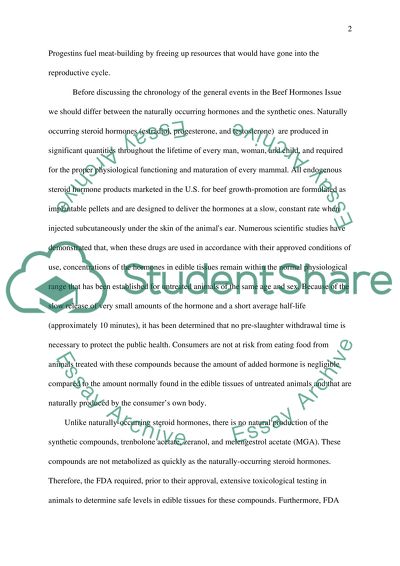Cite this document
(“Beef Hormones Issue Research Paper Example | Topics and Well Written Essays - 4500 words”, n.d.)
Retrieved from https://studentshare.org/health-sciences-medicine/1534945-beef-hormones-issue
Retrieved from https://studentshare.org/health-sciences-medicine/1534945-beef-hormones-issue
(Beef Hormones Issue Research Paper Example | Topics and Well Written Essays - 4500 Words)
https://studentshare.org/health-sciences-medicine/1534945-beef-hormones-issue.
https://studentshare.org/health-sciences-medicine/1534945-beef-hormones-issue.
“Beef Hormones Issue Research Paper Example | Topics and Well Written Essays - 4500 Words”, n.d. https://studentshare.org/health-sciences-medicine/1534945-beef-hormones-issue.


